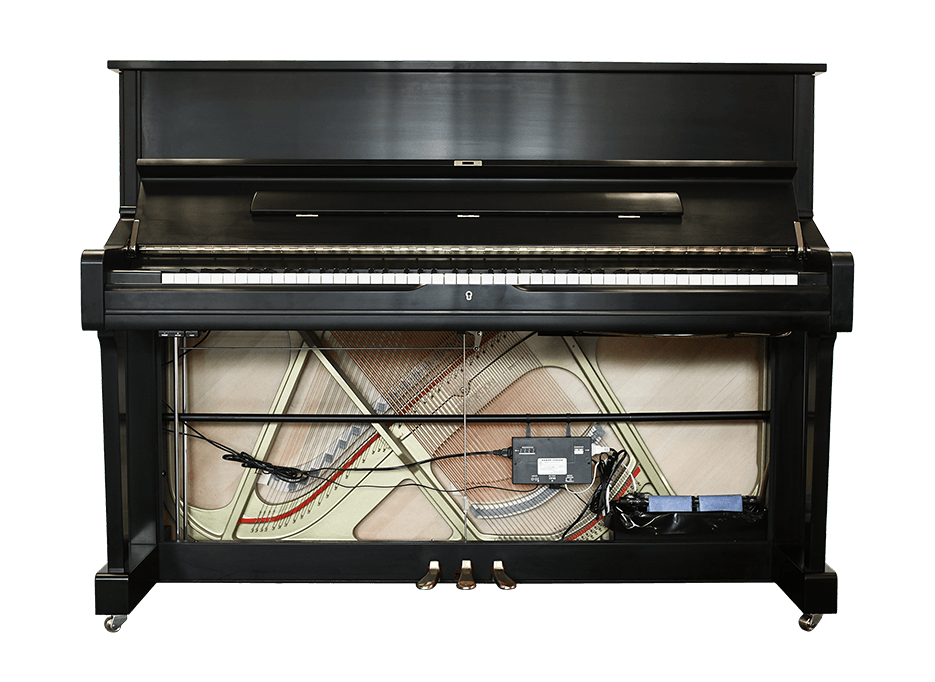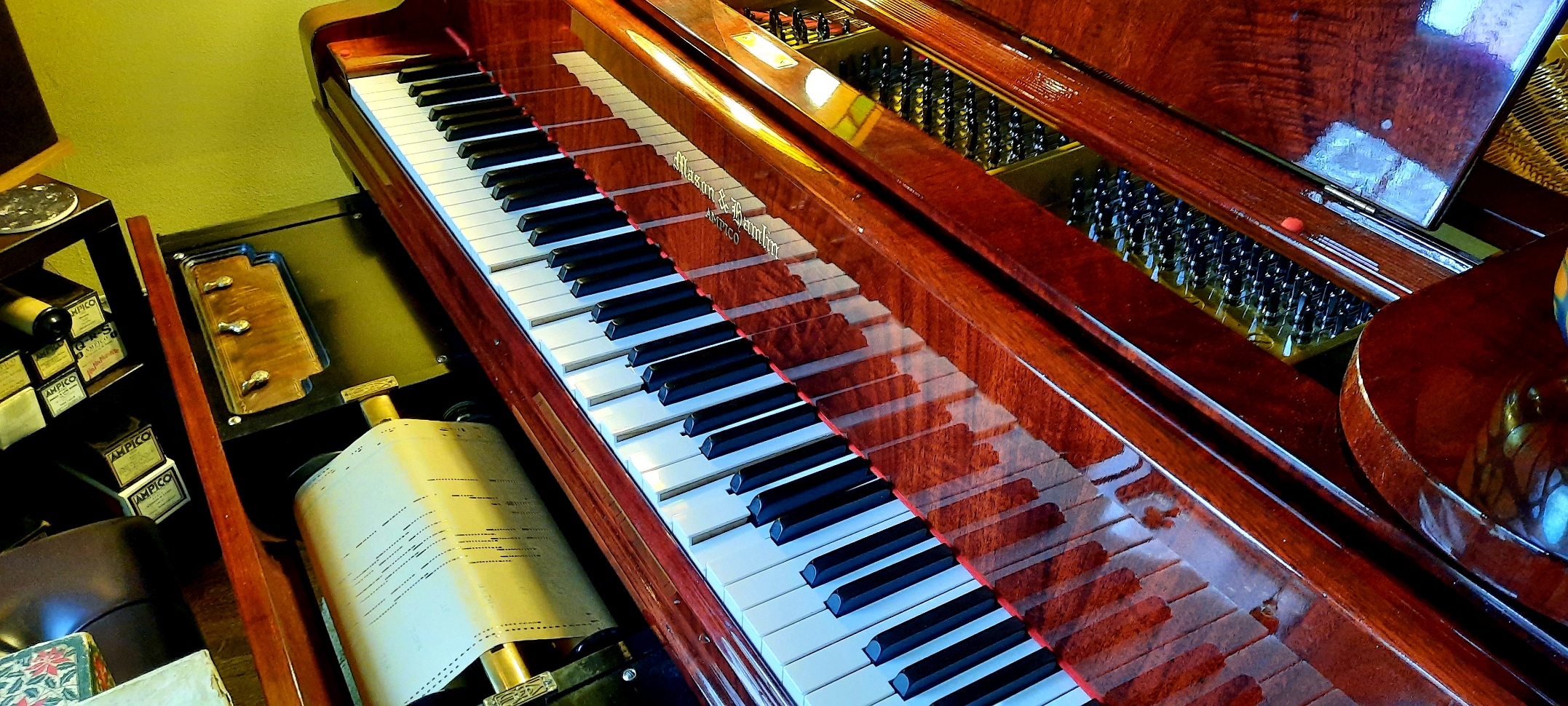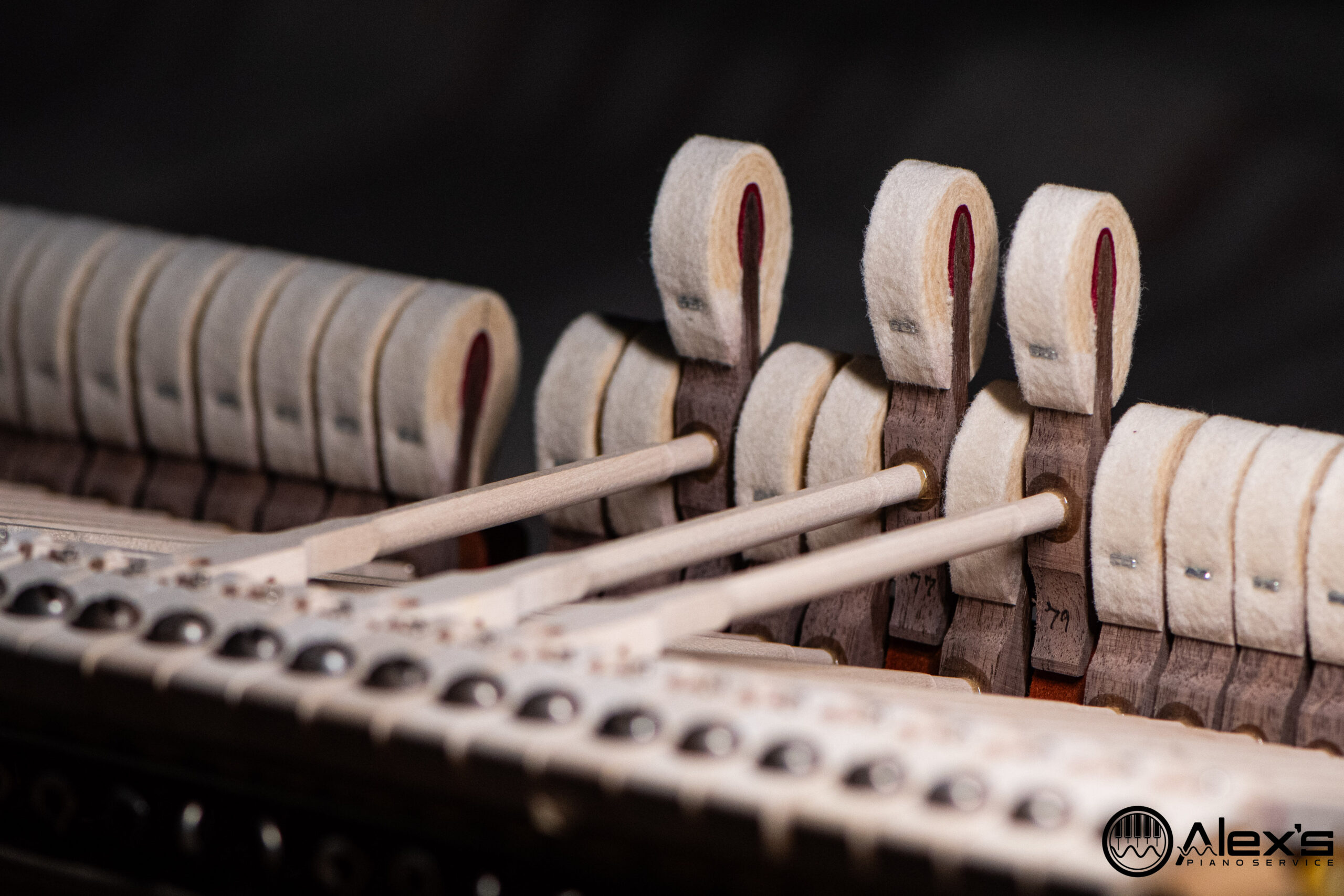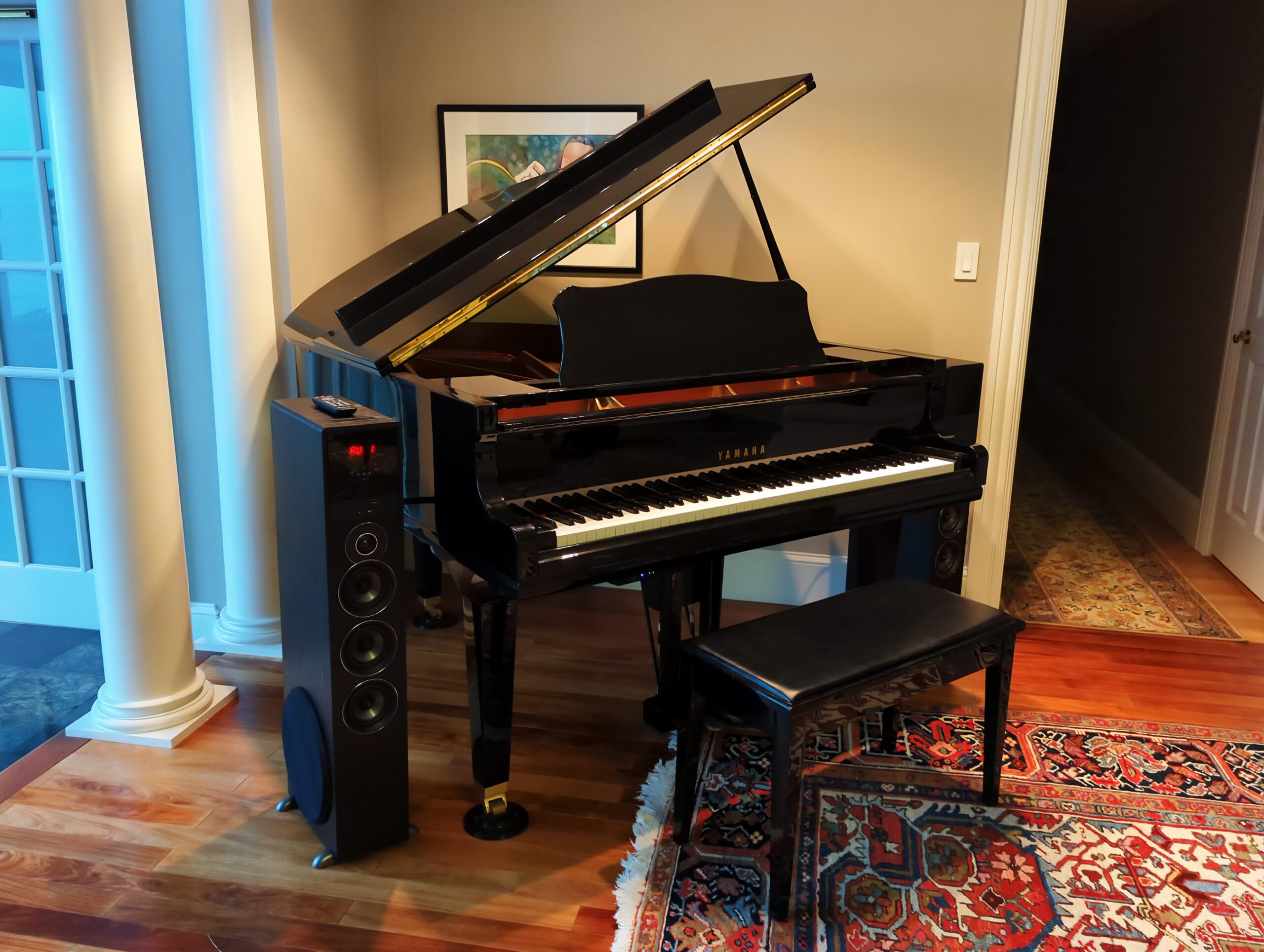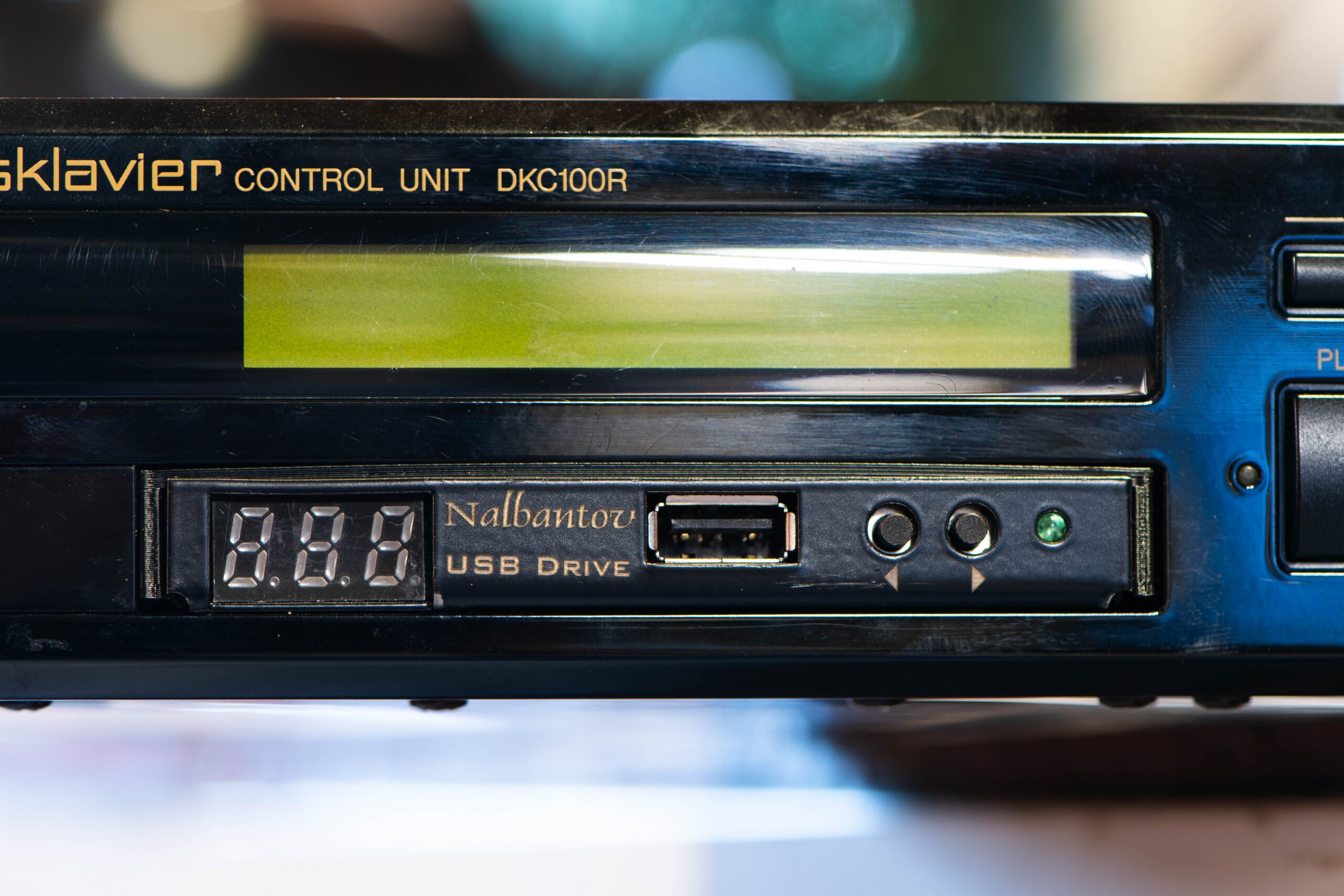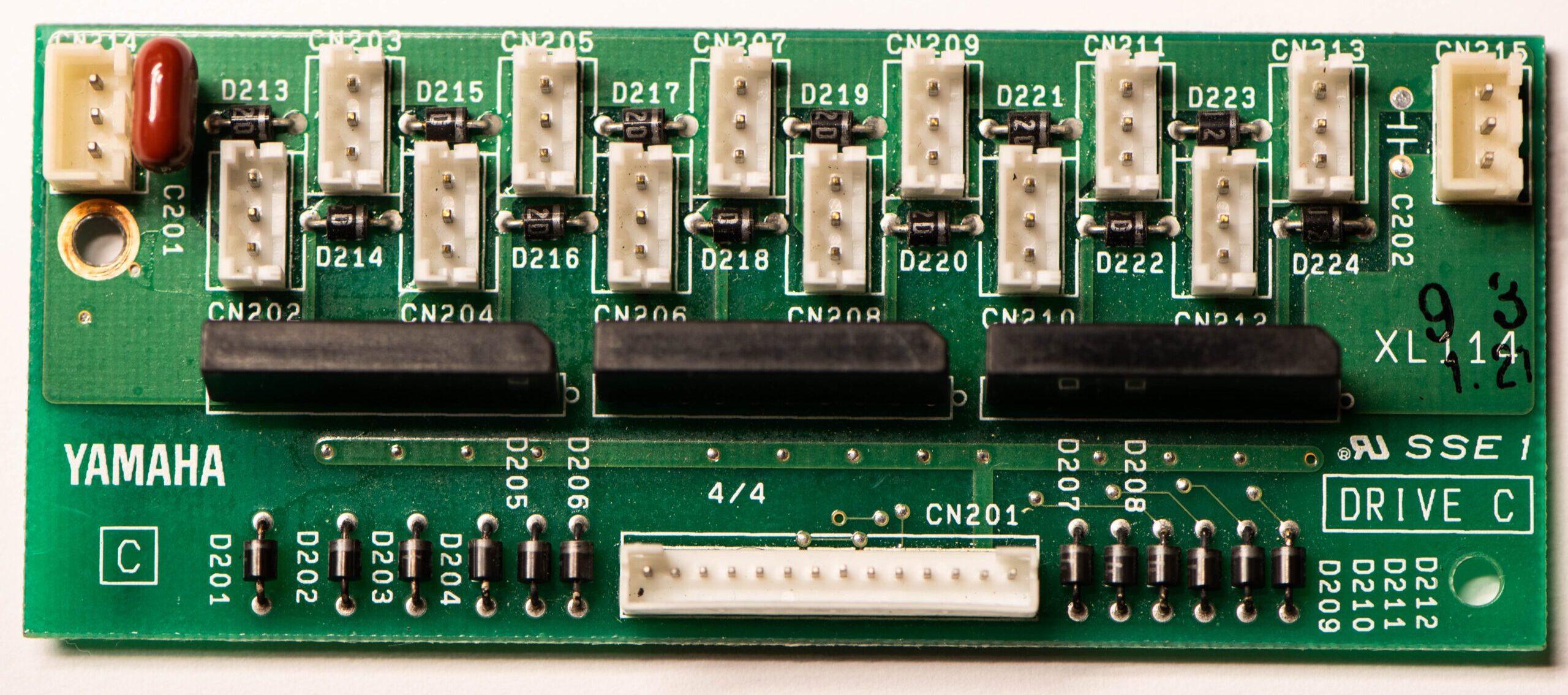What does a Dampp-Chaser Cost? Pricing The PLS!
Why install a Dampp-Chaser Piano Life Saver (PLS) system? I have a full article on Dampp-Chasers, how they work, and why you may very well benefit from one. If you’re uncertain whether a Dampp-Chaser Piano Life Saver System is for you, start there! How much does Alex’s Piano Service LLC charge to install them? I’ve … Read more
